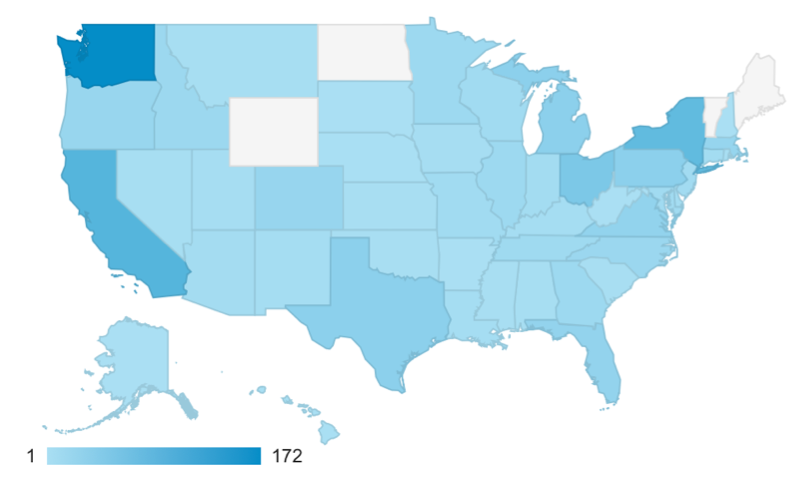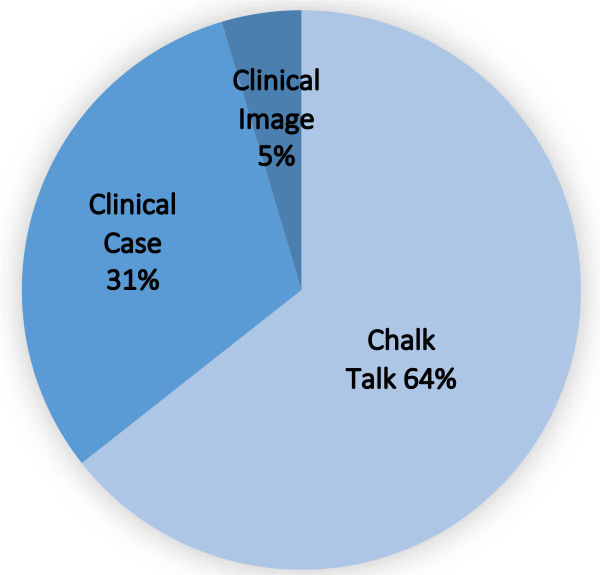Background: Senior residents often serve as the primary educator for medical students and interns on their inpatient medicine rotations. Additionally, the act of teaching enhances the resident’s own knowledge acquisition and retention. Although residents desire to teach more, insufficient time is a barrier to preparing and providing teaching. Thus, senior residents require adequate resources to deliver effective teaching on the wards.
Purpose: 1. Create accessible, high-quality teaching scripts covering core inpatient medicine topics for resident educators.2. Develop a reproducible curriculum for use at programs across the country.
Description: We created teachIM.org, an open-access online platform, to facilitate resident-led teaching on inpatient internal medicine rotations. Core internal medicine topics were identified from University of Washington Internal Medicine Residency Curriculum Roadmap and the blueprint for the American Board of Internal Medicine (ABIM) certification exam. Key elements of high-quality teaching materials, including active learning objectives, clear take-home points, interactive teaching methods, and visually-appealing diagrams and images, were determined from literature review and prioritized by the editors in content development. All materials are evidence-based, reference primary literature, and are peer-reviewed by two editors prior to online publication. Teaching scripts are available in three formats: chalk talks, clinical cases, and clinical images (radiology and ECGs). Each format has a specified target length, however, scripts are readily customizable and contain optional teaching points that can be tailored to the available time and target learner. We have also developed a suggested teachIM.org curriculum for senior residents guiding use of our teaching scripts on their ward rotations.
From October-November 2018, teachIM.org attracted over 2,000 views per month and 87% of users were new visitors to the website. Within the United States, 20% of users were from Washington state (where it was developed and promoted), with California representing the next largest population of users (11%) (Figure 1). The majority of users viewed chalk talks (64%) and “Inpatient Antibiotics” was the most frequently viewed talk (Figure 2).
Conclusions: Our data suggests that an online platform providing visual, interactive, and evidence-based teaching scripts is a valuable resource. Chalk talks seem to be a preferred teaching method. By reducing the time necessary to prepare for teaching, such a resource may be helpful nationally to improve resident teaching frequency and efficacy.


